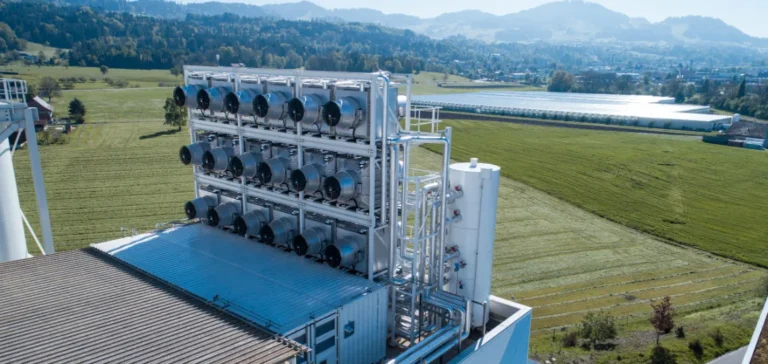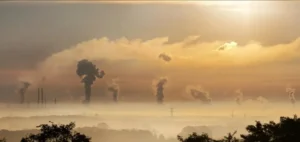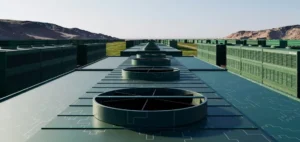The global carbon capture and storage (CCS) market is valued at $3.7bn in 2024 and is projected to grow to $6.6bn by 2034. This expansion is supported by the increasing integration of CCS technologies in electricity generation, the oil and gas sectors, and heavy industries such as cement and steel.
Technologies and fields of application
Advances in capture techniques, including solvent absorption, membrane separation and cryogenic processes, are improving system reliability while lowering operational costs. These innovations are accompanied by improvements in CO₂ compression, transportation and geological storage. Demand for such solutions is increasing in regions where climate policies mandate short-term emission reduction targets.
Operational challenges and industry responses
CCS development faces several barriers. Investment and operating costs remain high, and CO₂ transport infrastructure is still limited in many areas. Regulatory uncertainties also hinder initiatives. To address these issues, sector players are relying on public-private partnerships and research and development efforts to improve project profitability.
Regulatory framework and financial support
The implementation of carbon pricing mechanisms, such as emissions taxes and cap-and-trade schemes, is encouraging companies to adopt CCS technologies. At the same time, initiatives like the US Section 45Q tax credit and the European Union Innovation Fund provide financial support to capture projects. Strict standards, such as those set by the US Environmental Protection Agency and the EU CCS Directive, regulate geological storage and ensure operational safety.
Growth prospects through enhanced oil recovery
Using captured CO₂ in enhanced oil recovery (EOR) applications offers a major growth lever. This method, which involves injecting CO₂ into depleted oil fields to extract residual volumes, benefits from existing infrastructure and the investment capacities of oil companies. EOR also allows CCS costs to be offset by immediate added value, fostering adoption in fossil-fuel-rich regions.






















